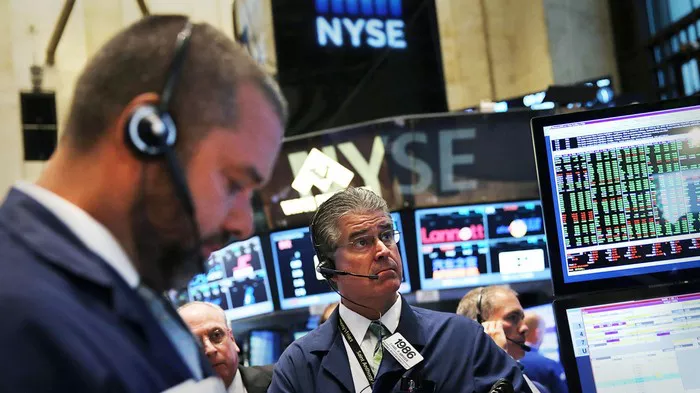Cattle futures play a significant role in the global agricultural commodities market, offering opportunities for investors, producers, and traders to manage risk and speculate on the future prices of cattle.
1. Understanding Cattle Futures
Cattle futures are standardized financial contracts traded on commodities exchanges that allow participants to buy or sell a specified quantity of cattle at a predetermined price on a future date. These futures contracts serve as a crucial tool for managing price volatility in the cattle industry, which encompasses both cattle ranching and beef production.
2. Purpose of Cattle Futures
The primary purpose of cattle futures is price risk management. Participants in the cattle industry, such as cattle ranchers and meat processors, face inherent price uncertainty due to factors like weather conditions, disease outbreaks, and fluctuations in feed costs. By using cattle futures, these stakeholders can lock in prices for future cattle deliveries, thereby reducing their exposure to price volatility.
3. Types of Cattle Futures
Cattle futures contracts typically fall into two categories:
a. Live Cattle Futures: These contracts are based on the expected future price of live cattle, representing animals ready for slaughter.
b. Feeder Cattle Futures: Feeder cattle futures focus on the expected future price of young cattle, typically calves, that are raised and then sold to feedlots for further development before slaughter.
4. Role in the Cattle Supply Chain
Cattle futures serve a crucial role in the cattle supply chain. Ranchers use futures contracts to secure prices for their cattle, providing them with financial certainty and reducing the risks associated with unpredictable market fluctuations. Meat processors and packers use cattle futures to plan their production and manage input costs.
5. Market Participants
Several types of participants engage in cattle futures markets:
a. Hedgers: Cattle producers and meat processors are primary hedgers. They use cattle futures to protect themselves from adverse price movements.
b. Speculators: Speculators enter cattle futures markets with the goal of profiting from price fluctuations. They do not have a direct interest in the cattle industry but are motivated by price movements.
c. Traders and Investors: Traders and investors with a longer-term view may include cattle futures in their diversified portfolios, seeking potential capital appreciation.
6. Trading Cattle Futures
Trading cattle futures involves opening and closing positions on commodities exchanges. Key steps include selecting a suitable futures contract (live or feeder), determining contract specifications, and using a futures broker or an online trading platform to execute trades. Participants can choose to go long (buying futures) or short (selling futures) based on their market expectations.
7. Factors Affecting Cattle Futures Prices
Cattle futures prices are influenced by a variety of factors:
a. Supply and Demand: The fundamental factors of cattle supply (availability) and demand (consumer preferences, export markets) play a pivotal role in price determination.
b. Feed Costs: The cost of cattle feed, primarily grains, significantly impacts cattle futures prices, as it represents a substantial part of production expenses.
c. Weather Conditions: Weather events like droughts and extreme temperatures can affect cattle ranching, impacting supply and prices.
d. Health and Disease: Outbreaks of diseases in cattle herds can lead to reduced supply and higher prices.
e. Consumer Demand: Consumer preferences and trends, including demand for beef products, play a critical role in shaping cattle futures prices.
8. Hedging with Cattle Futures
Cattle futures are a powerful hedging tool for cattle producers and processors. Ranchers can use futures contracts to lock in prices for their cattle, protecting themselves from unfavorable price movements. Processors, on the other hand, can hedge against rising cattle prices, ensuring they can maintain profit margins in the face of market fluctuations.
9. Speculating with Cattle Futures
Speculators enter cattle futures markets with the primary goal of profit. They analyze market conditions, price trends, and various factors affecting cattle prices to make informed trading decisions. Speculators can benefit from both upward and downward price movements by taking long or short positions.
10. Risks and Considerations
Trading cattle futures carries inherent risks, including price volatility, margin calls, and unforeseen market events. It is essential for participants to conduct thorough research, manage risk effectively, and stay informed about factors impacting the cattle industry.
Conclusion
In conclusion, cattle futures are essential financial instruments that serve as a cornerstone of risk management and price discovery in the cattle industry. They offer stakeholders a means of managing price volatility, securing future prices, and participating in the dynamic cattle supply chain. Understanding the nuances of cattle futures is crucial for those involved in cattle production, processing, or trading, as these contracts play a vital role in maintaining stability and facilitating efficient price discovery in the cattle market.

